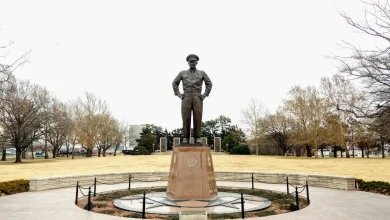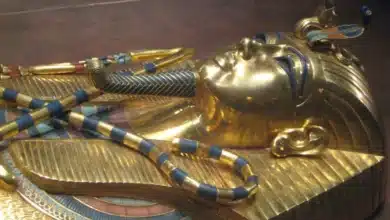Knights Templar, a religious, military order founded during the Crusades, are still shrouded in mystery, legend and myth. The Templars, sworn to protect Christian pilgrims in the Holy Land and sacred sites there, became one of Europe’s most powerful military orders. Their story is a tale of religious devotion and knightly valour. It has a legacy that still captures our imagination.
The order was established in 111,9, not long after the First Crusade. This conflict, which was launched to defend the Christian East from Muslim control and reclaim holy territory, began. The Crusades were a long saga of faith and war, with the Templars fighting unwaveringly. They became elite warriors, protecting Christian interests throughout the Middle East. Their headquarters were established on Temple Mount in Jerusalem. The Templars accumulated wealth, influence and a feared reputation over nearly two centuries, forever etching their names into the history of medieval Europe.
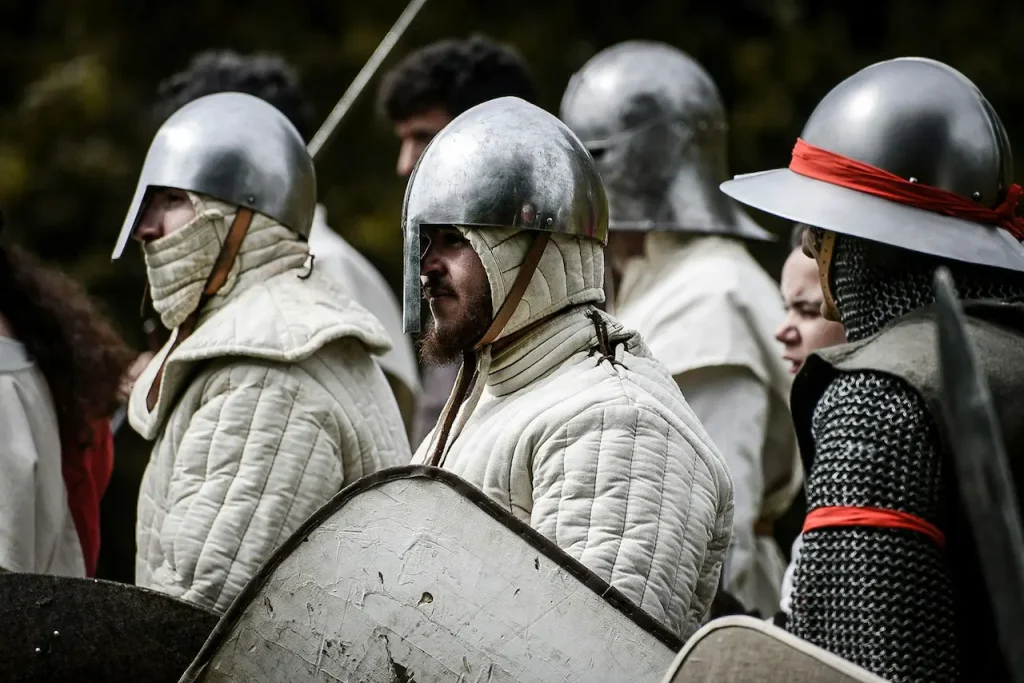
Who were the Knights Templar?
The Knights Templar were a powerful, mysterious military order that rose to prominence in the Crusades. The Knights Templar traces its origins back to 1099, after the First Crusade, when Christian armies captured Jerusalem from Muslim rule. After the conquest of Jerusalem, Christian pilgrims began to travel from Western Europe. The route to Jerusalem is dangerous. While crossing through insecure or Muslim-controlled territory, many travellers were threatened by bandits and hostile forces.
Around the year 1118, Hugues de Payen, a French Knight, founded a new religious and military order. Most of his fellow knights were either relatives or close friends. The Poor fellow-soldiers of Christ, and the Temple of Solomon were the order’s original name. This title was later shortened to Knights Templar. They had a simple but vital mission: to protect Christian pilgrims travelling to Jerusalem and surrounding sacred sites.
The Templars, with the blessing of Baldwin II at the time as King of Jerusalem, established their base on the Temple Mount, one of the most sacred sites in the city. The Templars’ name, and the deep connection they have to biblical history, is derived from this location. It is believed to be where the ancient Temple of Solomon once stood. The Knights Templar grew in power, wealth and influence over the next two centuries. They became a major force in religious and military spheres in medieval Europe and the Holy Land.
Recruitment of the Knights Templar
The Knights Templar recruited from all over Western Europe. France was the most prolific. Many felt a religious duty to protect Christian pilgrims in the Holy Land and their sacred sites. For others, joining the order offered a path to salvation through penance, a guaranteed place in heaven, or more practical motivations adventure, financial security, social mobility, or simply reliable meals and shelter.
Candidate men had to be of free birth and, from the 13th Century onwards, they needed to show noble descent. Marriage was not a requirement for acceptance into the order, but it could be granted with the consent of a wife. The order would often reject those who had significant debts.
Most new members joined the order in their mid-20s. However, some families sent them as minors to give their sons a future of military service. Many nobles, many of whom were in their last years when they joined the order as a final spiritual gesture, did so. Sir William Marshal was one of England’s greatest knights who joined the order shortly before his 1219 death. He gave money to the order, and his effigy remains in Temple Church.
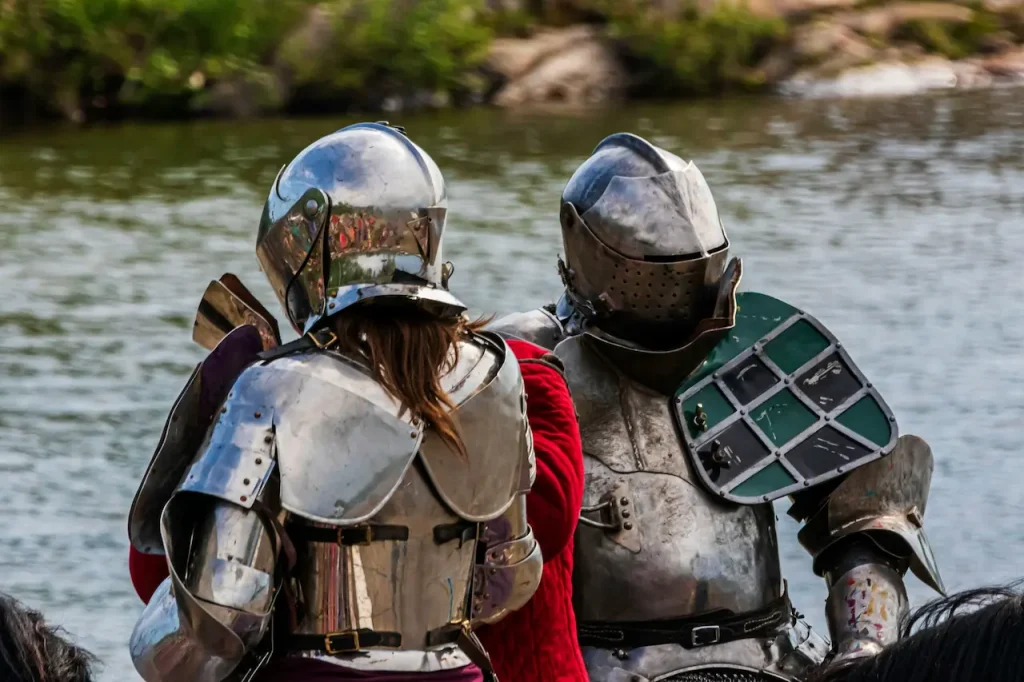
The Knights Crusaders
Even in the Middle Ages, it was controversial to think of Christian knights as fighting for their faith. Theologians such as Saint Augustine debated the issue of reconciling Christ’s teachings on peace with violence used for spiritual reasons. Many Crusaders, despite this conflict, were called militiae Christi or “knighthoods of Christ,” particularly as Islamic forces threatened Christian land. Many saw the act of defending Christianity by fighting as a sacred obligation.
In 1139, Pope Innocent issued Omne Datum Optimum, a papal edict that granted special privileges to the Knights Templar. The Knights Templar were exempted from taxes and had to answer only to the Pope. They could also travel freely between countries. The order expanded and funded construction projects in Europe and the Holy Land. These included churches modelled after Jerusalem’s Church of the Holy Sepulchre. Many believed that their wealth and international reach made them early bankers.
In truth, the Templars were more of a financial services company. They managed the finances for the French crown and stored valuables in their secure, widespread properties. For decades, their growing military power, wealth, and resources made them appear invincible. Hodge summarised the Crusades’ peak of influence by saying, “For a very long time it appeared as if they had invincible power.”
The Downfall of the Knights Templar
At the end of the 12th century, Muslim troops recaptured Jerusalem. This turned the tide in the Crusades, forcing the Knights Templar to retreat and relocate several times. The Crusaders’ last stronghold in the Holy Land, Acre, was destroyed in 1291. The Crusades waned in popularity, and the growing power and wealth of the Templars were criticised by both secular and religious leaders. By 1303, all Middle East holdings had been lost, and the order established a new HQ in Paris. King Philip IV, who was heavily indebted to the Templars and wanted to seize their assets, saw the opportunity to destroy them.
On Friday, October 13, 130,7, many French Templars, including Grand Master Jacques de Molay, were arrested. They were charged with crimes ranging in severity from heresy, devil worship, financial fraud, and blasphemy. Many were tortured into confessing to the false accusations. In the years to follow, many Templars would be executed. Several were even burned at the stake in Paris. De Molay died in 1314. Pope Clement V, under pressure from Philip in 1312, disbanded and transferred the holdings of the Order to the Knights Hospitallers. Philip and his allies likely inherited most of the Templars’ wealth, but it is unclear how much.
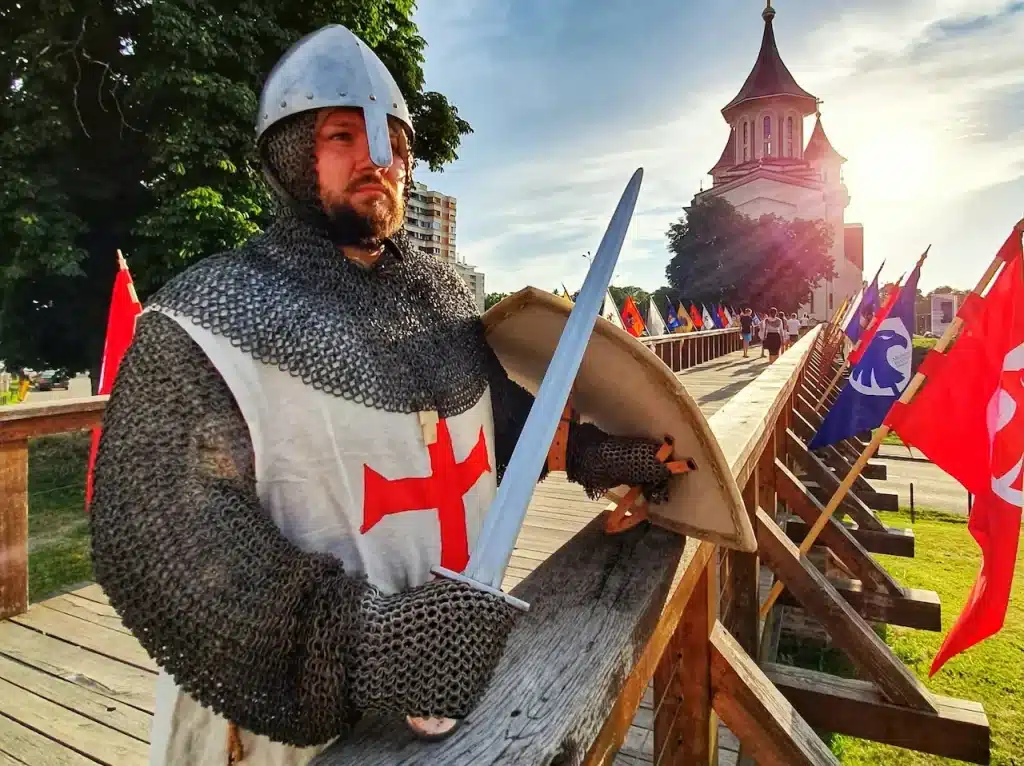
Templars Conspiracy Theories
The conspiracy theories about the Templars were sparked by their arrests, and then heightened with fictional books and faked documents. Modern myths such as those about pirates, secret treasures and hidden lines of descent have no historical foundation. These ideas were popularised by sensationalist authors and filmmakers, who appealed to the audience’s desire for mystery and legends over facts.
Still, a tiny thread links the Templars with the Age of Exploration. After the dissolution of the order, its members and some of its assets were taken over by the Portuguese Order of Christ. The group led by Prince Henry, the Navigator, played a key role in the launch of European sea exploration. Even rumour has it that Templars’ knowledge could have been a subliminal influence on Columbus and other explorers in their quest to discover new lands.
The Knights Templar today
The Knights Templar, despite being officially disbanded at the beginning of the 14th century, continue to be a source of fascination and mystery. In Europe and the Near East, there are still remnants of this once powerful order. These include preserved and ruined castles, chapels, fortresses, and commanderies, physical reminders of their widespread influence. These sites are often incorporated into the modern landscape of cities and rural areas, but they continue to attract tourists, scholars and conspiracy theorists.
After being forced from the Holy Land and eventually forced to retreat to Cyprus, their holdings began to decline. They took their archives with them when they left. However, these records are now lost, most likely due to the conquest of Cyprus in the 16th century. Despite the loss of these records, the legacy of the Templars lives on in modern organisations, literature and films.
